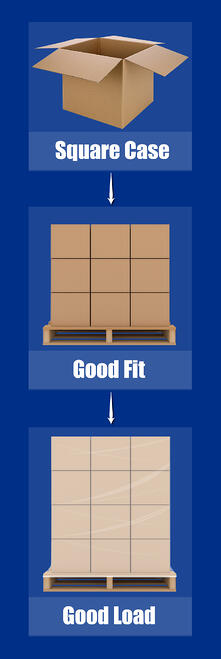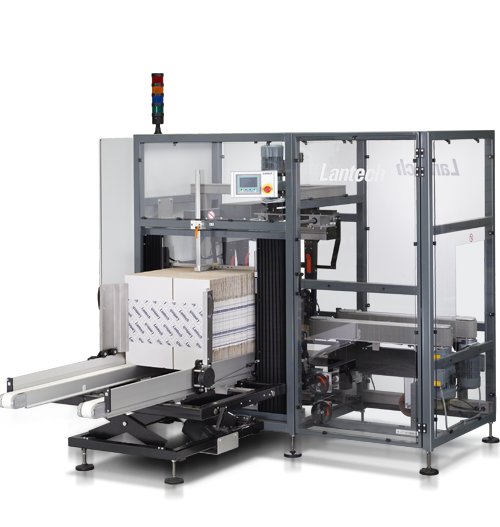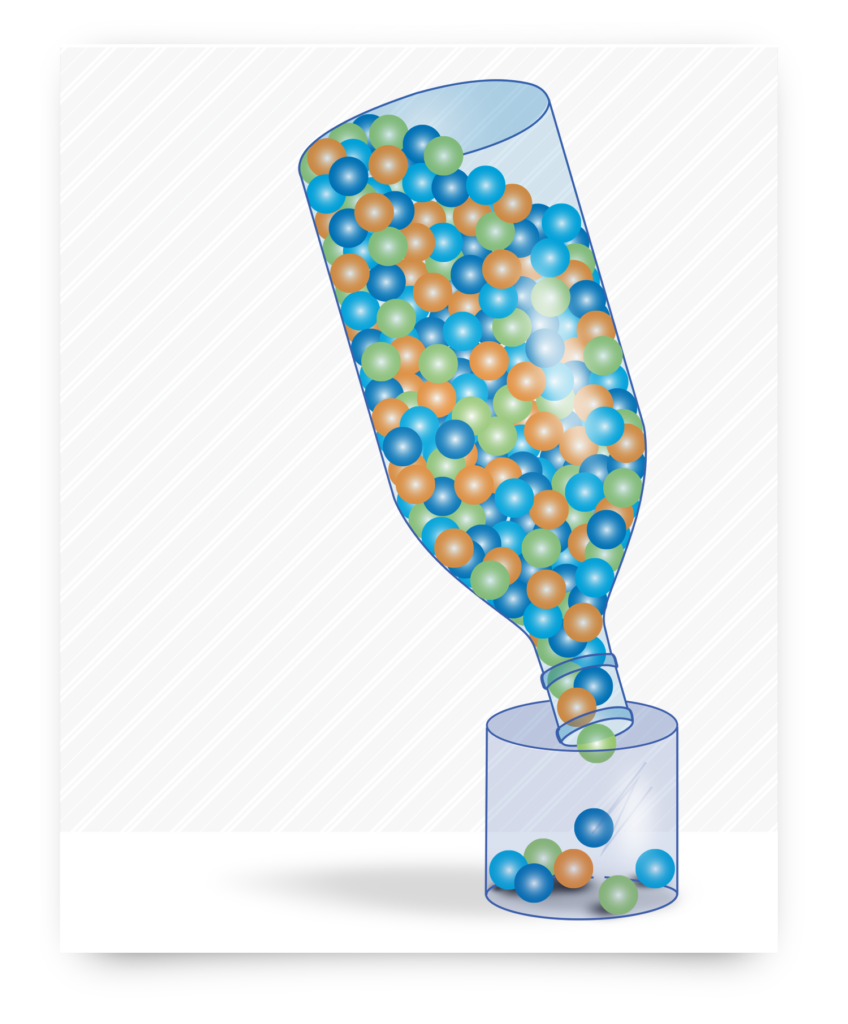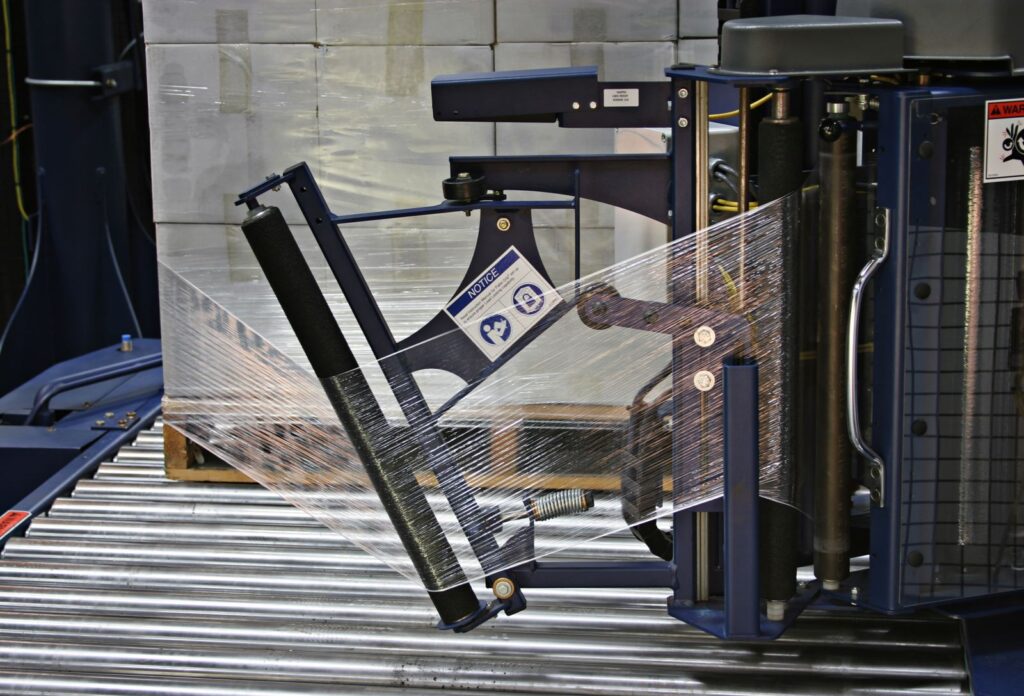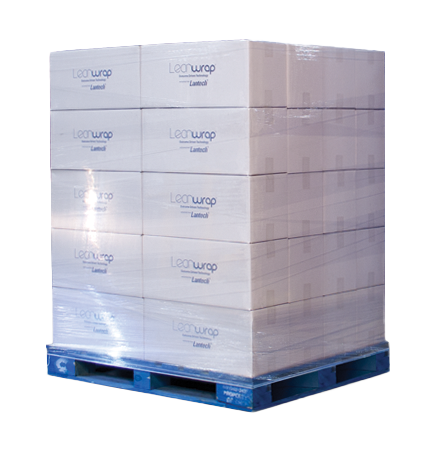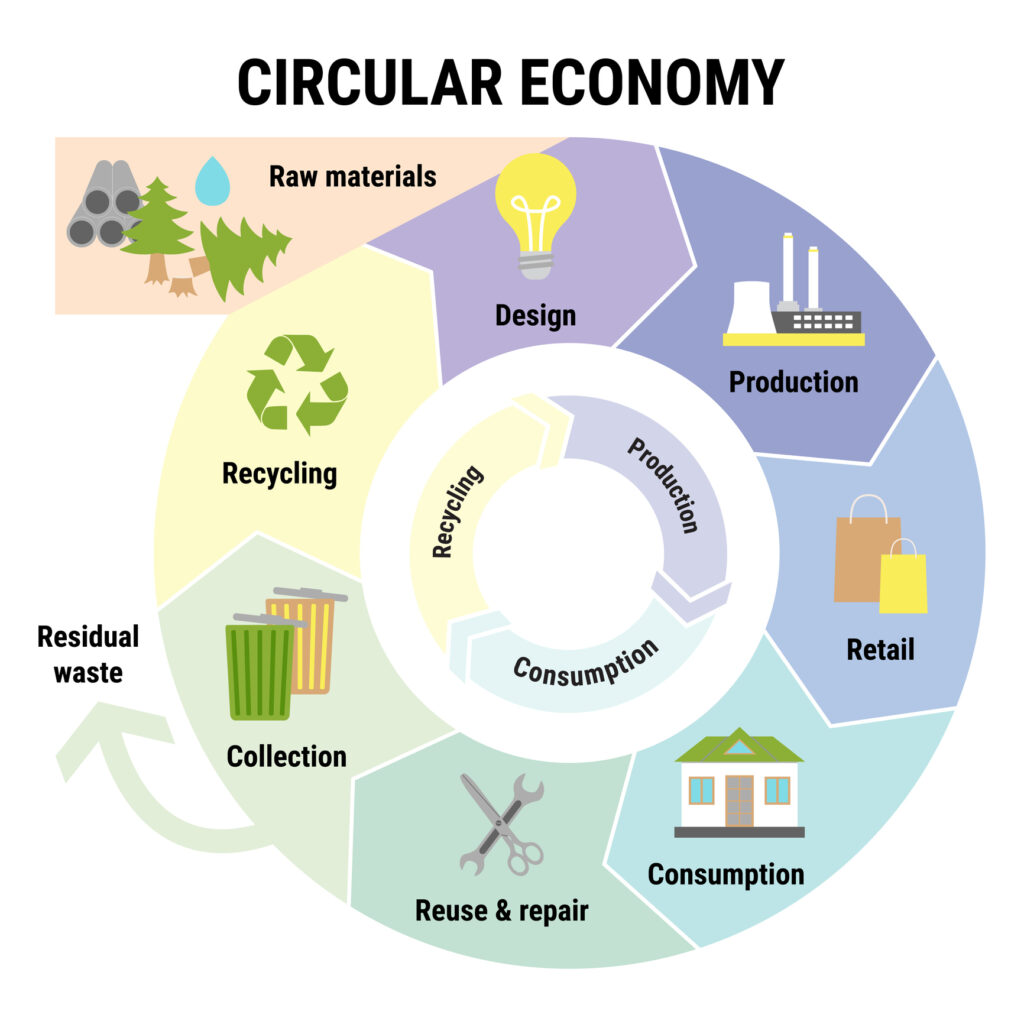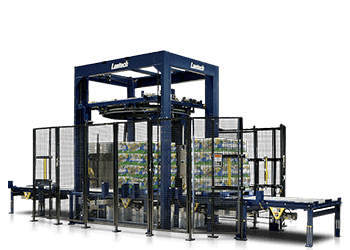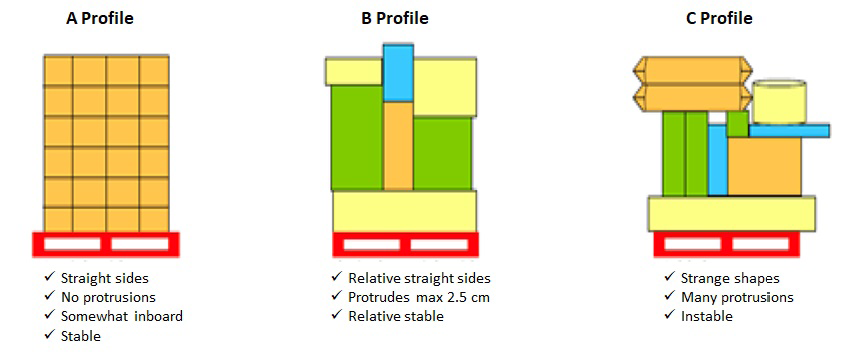Demand for corrugated cases is forecast to grow at a 4 percent annual rate through at least 2020. In the face of this rising demand, shippers are confronting the ever present specters of cost reduction and sustainability by switching to thinner corrugated and/or corrugated made with increasing amounts of recycled content.
These trends put more pressure than ever before on corrugated cases to be assembled correctly so they deliver their designed performance.
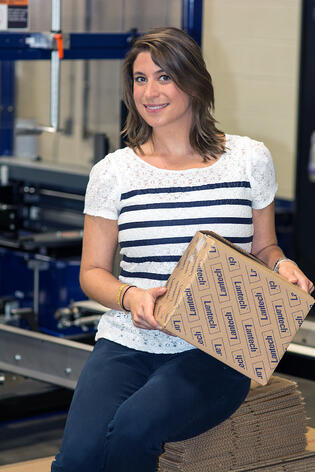
In the spirit of full disclosure, as manufacturers of case erector machines, we believe that the best way to ensure corrugated cases are properly erected is with case erecting machines. Consequently, we thought it timely to republish this blog that addresses case erector questions that we’re still frequently asked.
Although we’re best known in the U.S. for our stretch wrappers, we also have a well-established and rapidly growing case handling business.
Here’s an excerpt from an interview with Kelly Wathen, Marketing Specialist at Lantech, that addresses case erecting issues that we’re frequently asked about:
Q: Kelly, there are lots of people still making boxes by hand because they think it’s either too expensive or too complicated to use case erectors. What do you say to them?
A: Case erectors have improved dramatically over the last 10 years and almost everyone can benefit from them. As a rule, if someone’s erecting more than 300 cases a day, it definitely makes economic sense to use a machine.
As for “too complicated,” the best of today’s case erectors are easier to use and faster to set up and changeover than ever.
They’re also incredibly reliable.
Q: How do you know if you’re looking at a good case erector? What distinguishes the good ones from the bad ones?
A: That’s a great question. The simple answer is that good case erectors make square cases. And they do it without jamming.
Q: Well, how can a prospective buyer be sure a machine will actually do this over time? Almost anything can look good for a little while.
A: You’re right. But there are some clues. For example, our machines ensure square cases with a special pick-up frame, which opens a case so its corners are exact 90 degree angles and its top and bottom are horizontal. Getting the case off to a good start is essential.
Then we lock the case in that position by folding the minor flaps and partially folding the major flaps before we begin to move it to the sealing section.
We also spring-load the side belts that transport the cases so cases can make a smooth transition to the sealing section if there are small differences in their widths.
In short, the key to a good case erector is continuous control of the case throughout the entire erecting and sealing cycle. That’s how good case erectors overcome manufacturing variations in cases, keep them square, and avoid jams.
Learn more about how to make square cases without machine jams at lantechweb.wpengine.com or check out this video on Case Erectors and Case Sealers.
This post was published on October 19, 2017 and updated on February 23, 2018.
October 19, 2017



